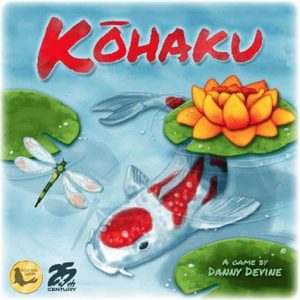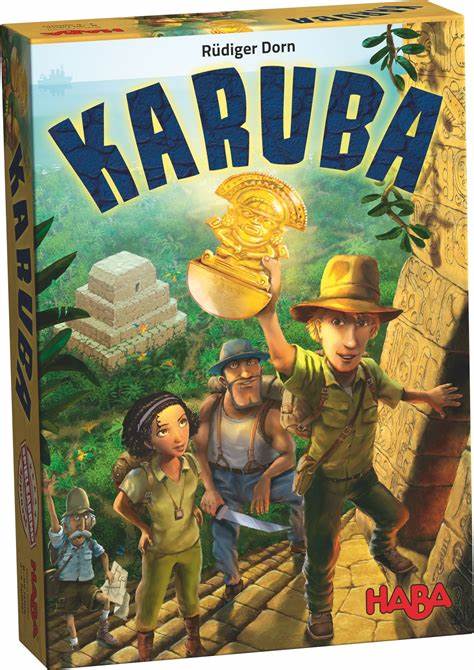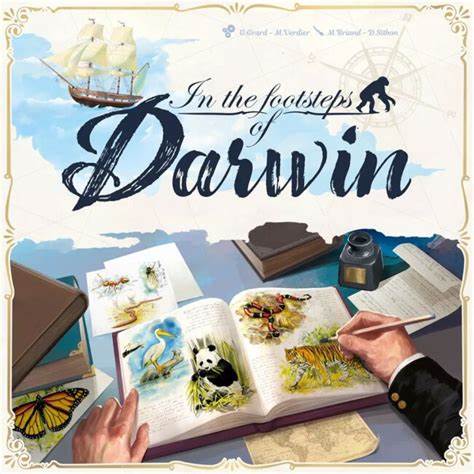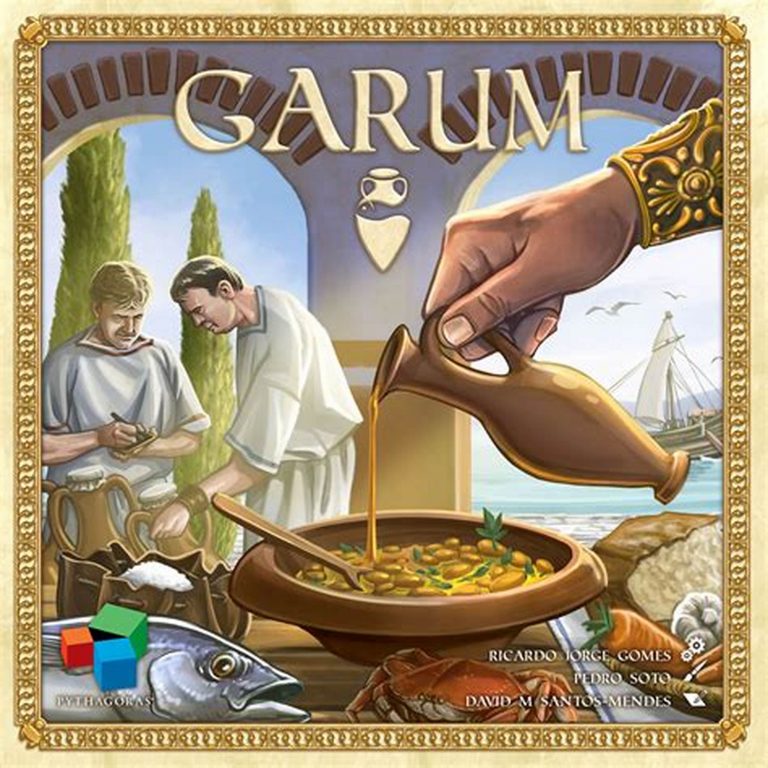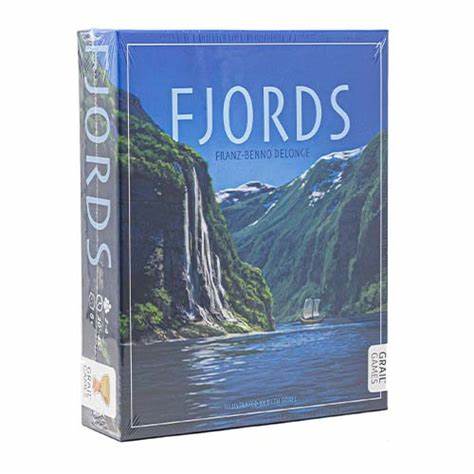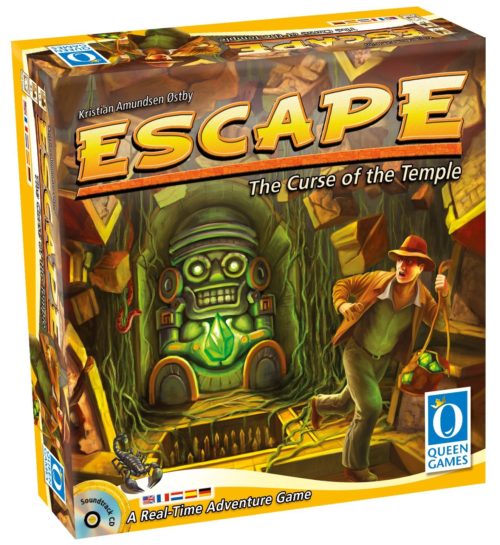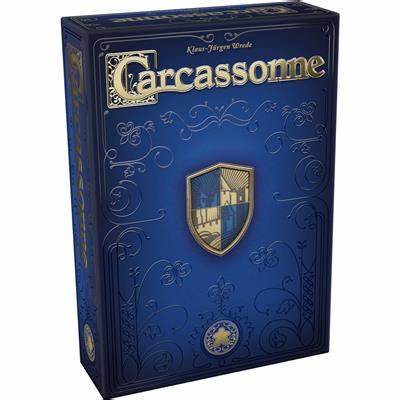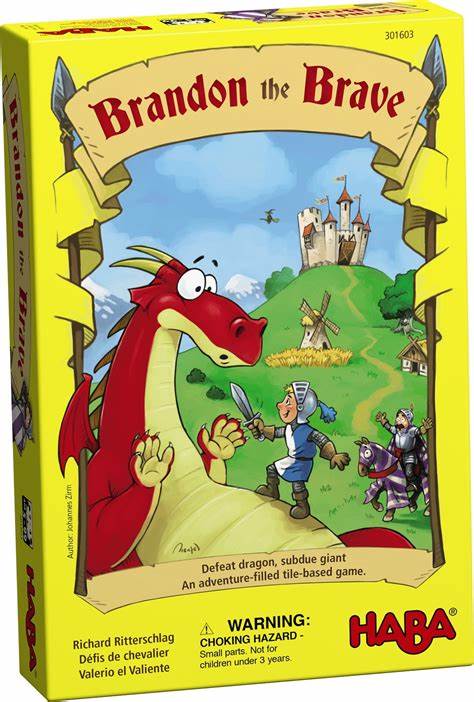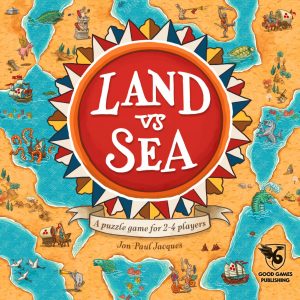
Land Vs. Sea
Part puzzle, part game. Play as either Land or Sea (or the Cartographer in a 3 player game). Each player plays with 2 double-sided hex tiles containing a mix of land and sea shapes. They take turns placing a tile each to make a map together. Land places tiles trying to complete land areas, and Sea places tiles trying to complete sea areas. Completed areas score a point per tile; land areas for Land, sea areas for Sea. Some tiles score bonus points for whoever completes the area they are in. So players may decide to strategically complete rival’s areas to gain their bonus points. Other tiles allow players to play their second tile, or steal a player’s tile – but not their last one!
Game Mechanics:
- Network Building
- Puzzle
- Team Based
- Tile Placement
Game Specifications:
- 2 – 4 Players
- ~40 Minutes
- Difficulty Weight 1.79
